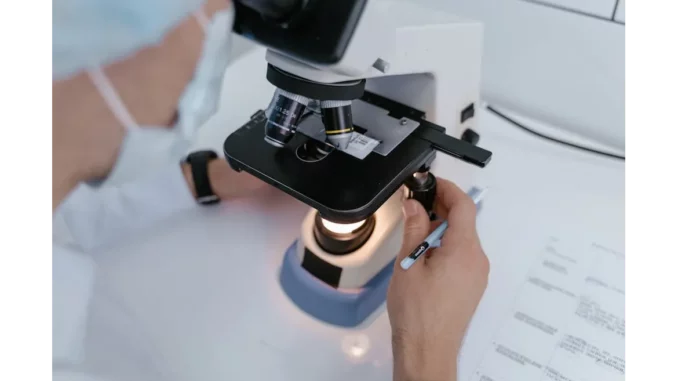
In a world where scientific advancements often emerge as glimmers of hope amidst the myriad challenges confronting humanity, a quiet yet significant revolution is unfolding within the realm of biotechnology. This revolution harnesses the remarkable capabilities of microorganisms to produce a vast array of natural compounds, many of which hold promising potential in the treatment of diseases such as infections and cancer. Recently, I had the opportunity to engage in an enlightening conversation with Dr. Amelia Thorne, a passionate researcher and authority in microbial genetics, to explore a groundbreaking method that is redefining the landscape of drug discovery.
“Microorganisms are nature’s own chemists,” Dr. Thorne asserted with palpable enthusiasm. “Over millions of years, they have evolved to synthesise a myriad of chemical compounds, many of which serve as defensive mechanisms against other microbes. These compounds can be harnessed as active ingredients in medicines, yet the challenge has always been in accessing and amplifying these natural products.” This challenge has been met head-on with a pioneering genetic method known as ACTIMOT, developed by a team of researchers. This innovative approach capitalises on a fundamental bacterial process: the transfer of genetic material. Dr. Thorne elaborated, “Bacteria possess this fascinating capability to exchange genetic information, which is a key reason antibiotic resistance spreads so efficiently among pathogens. However, we have repurposed this mechanism to our advantage, using it to access and amplify genetic blueprints for bioactive compounds.”
The ACTIMOT method leverages the precision of CRISPR-Cas9 technology, often referred to as “gene scissors,” which enables scientists to precisely cut and manipulate bacterial genetic material. By extracting and amplifying biosynthetic gene clusters, researchers can unlock the production of natural products that were previously inaccessible under laboratory conditions. Dr. Thorne explained the significance of this method, noting, “Many biosynthetic gene clusters in bacteria remain dormant in the laboratory. ACTIMOT allows us to ‘awaken’ them by inserting them into a mobile genetic unit that the bacterium then replicates. It is akin to opening a treasure chest of potential drugs.”
The implications of ACTIMOT are profound and far-reaching. Through their studies, the research team discovered 39 new natural products from previously unknown classes, highlighting the untapped potential of microbial chemistry. Dr. Thorne emphasised that these discoveries could lay the groundwork for developing new drug candidates, particularly in the battle against antibiotic-resistant infections and cancer. While the initial research has concentrated on bacteria of the genus Streptomyces, the versatility of ACTIMOT means that it could be applied to other bacterial species with promising biosynthetic potential. “We are merely scratching the surface,” remarked Dr. Thorne. “There is so much more to explore in the microbial world. Imagine the possibilities—new antibiotics, cancer treatments, perhaps even sustainable agricultural solutions.”
Beyond its immediate applications, ACTIMOT holds the potential to revolutionise the large-scale production of high-value natural products and the exploration of unexplored gene pathways. This method not only accelerates the discovery process but also offers a fresh perspective on bacterial gene transfer—not as a threat but as a tool for innovation. Dr. Thorne’s excitement was infectious as she shared her vision for the future. “This is just the beginning. We are on the cusp of redefining how we discover and produce active ingredients. The microbial world is vast, and with tools like ACTIMOT, we can finally begin to chart its depths.”
As the conversation drew to a close, I was left contemplating the transformative potential of this research. In an era when the world grapples with antibiotic resistance and the urgent necessity for new medical treatments, harnessing the power of microorganisms may well hold the key to a healthier future. In the hands of dedicated scientists like Dr. Thorne, this genetic method is more than just a scientific endeavour—it is a beacon of hope. It serves as a reminder that sometimes the answers we seek are not hidden in distant laboratories but lie within the microscopic worlds that have evolved alongside us for millennia. Such innovative approaches illuminate the path forward, offering a promising glimpse into a future where nature’s own solutions can be harnessed to tackle some of our most pressing challenges.


Be the first to comment